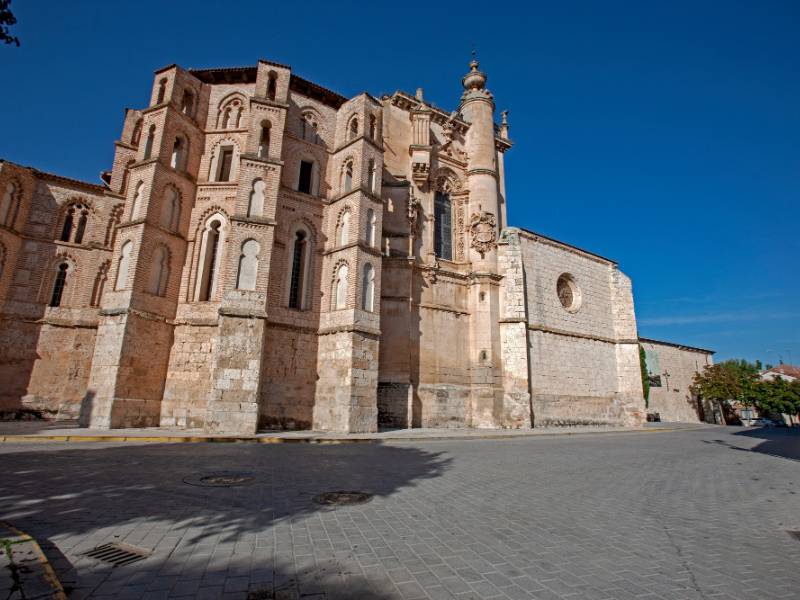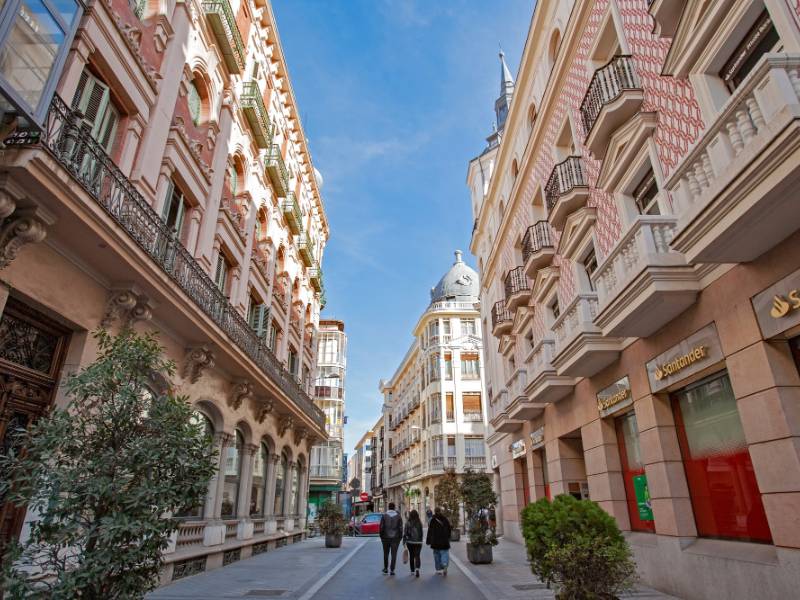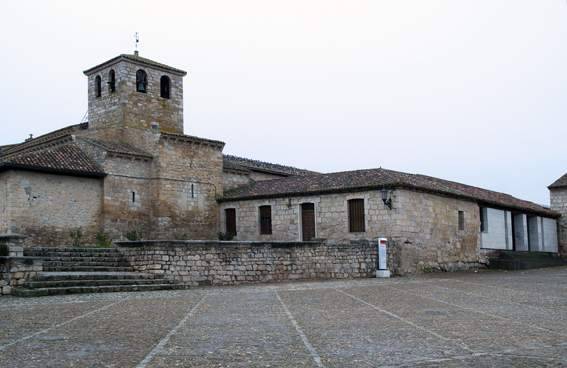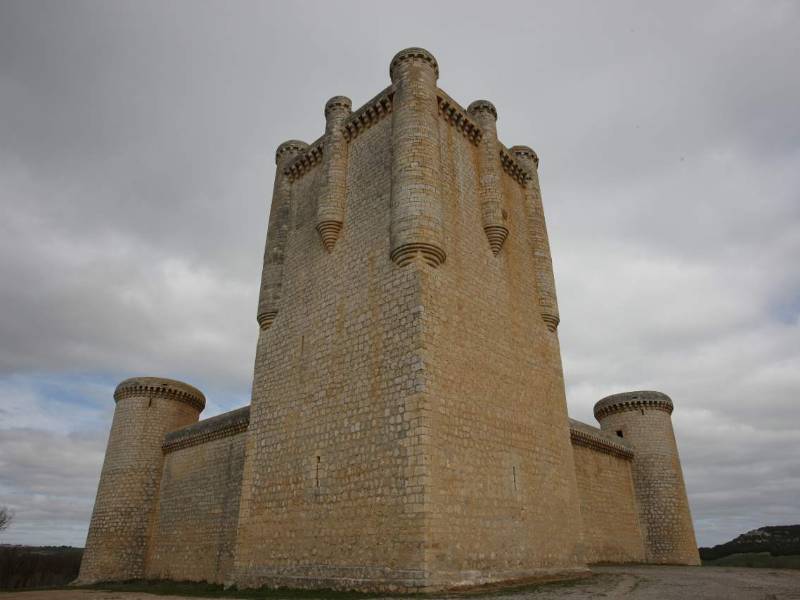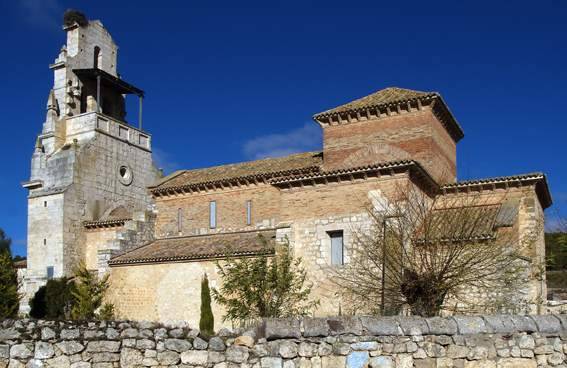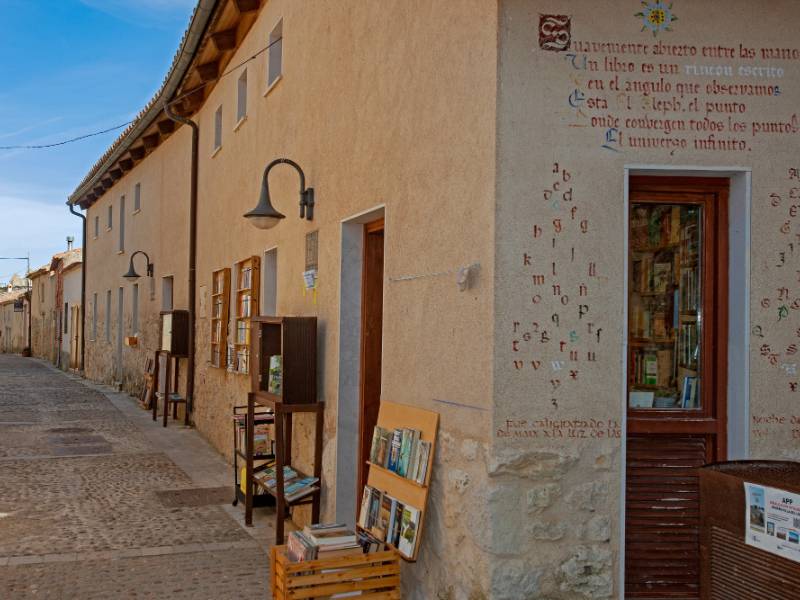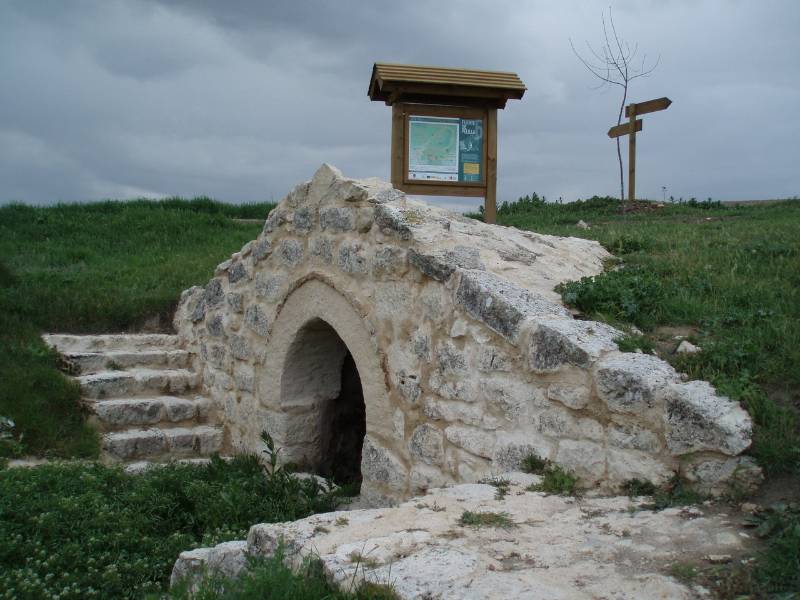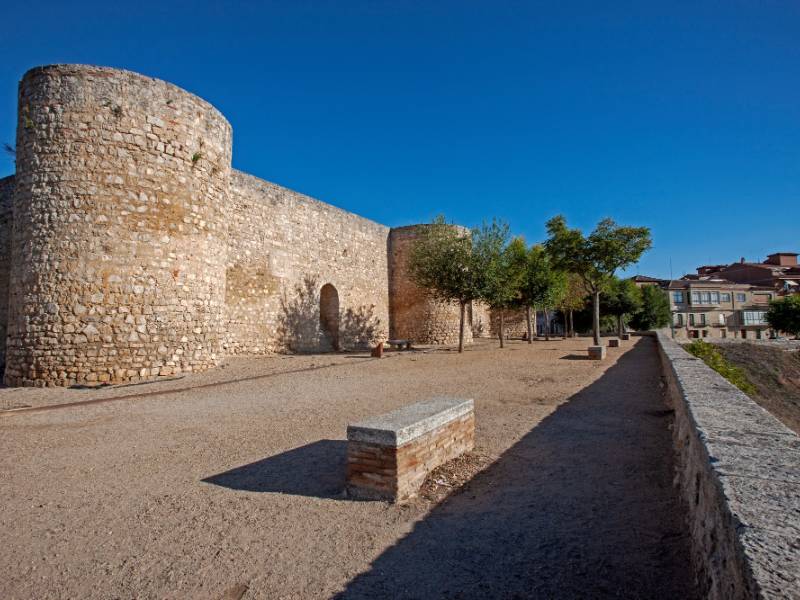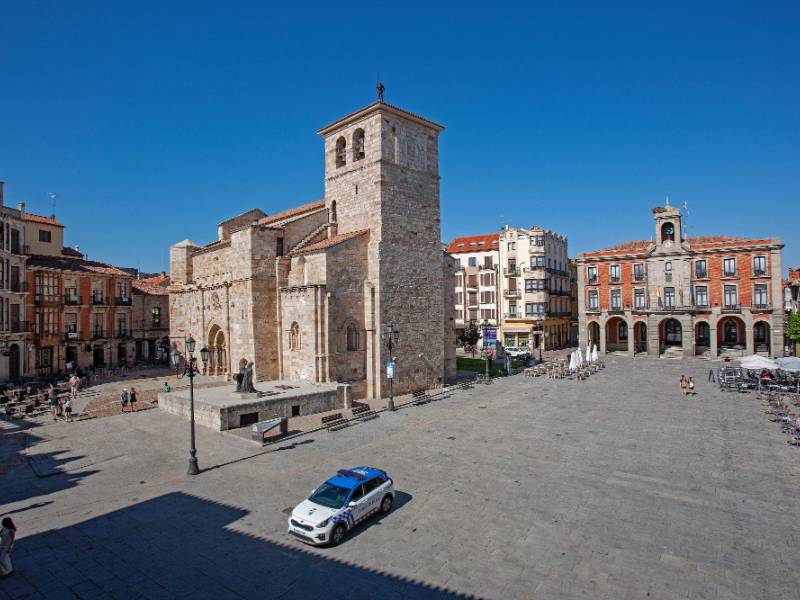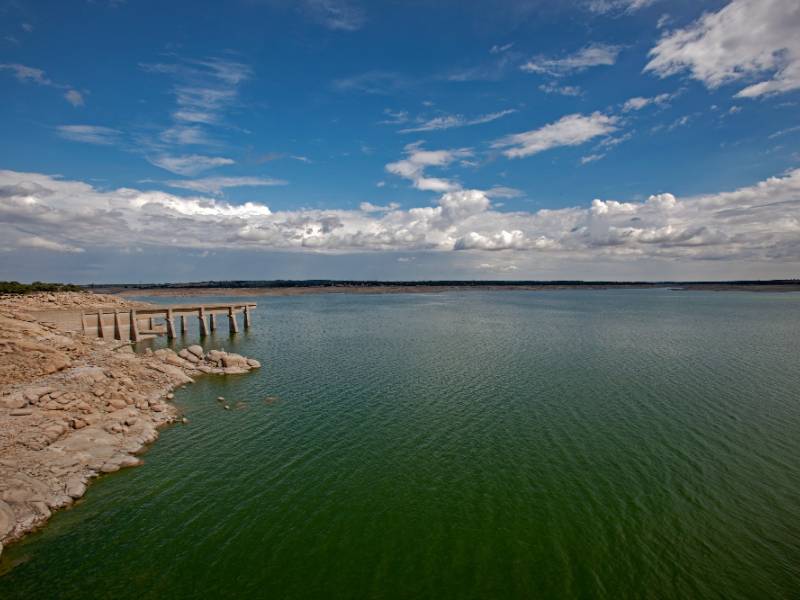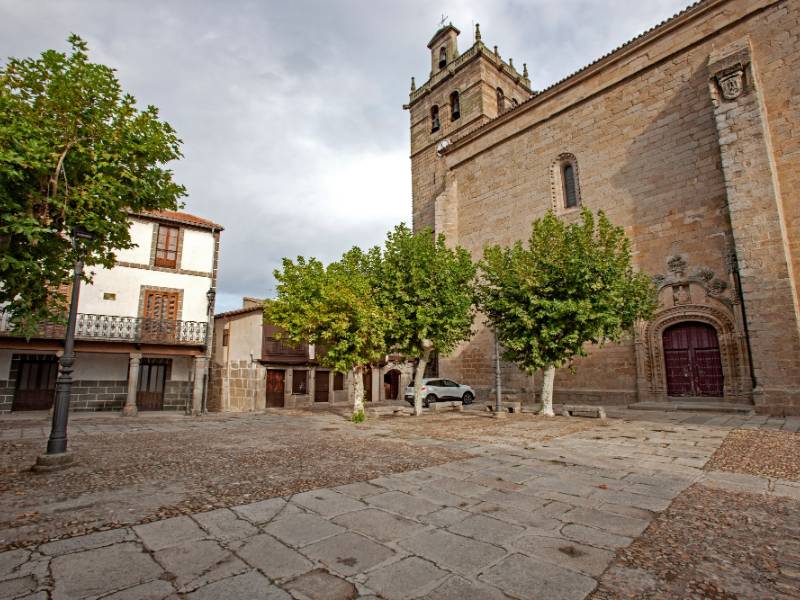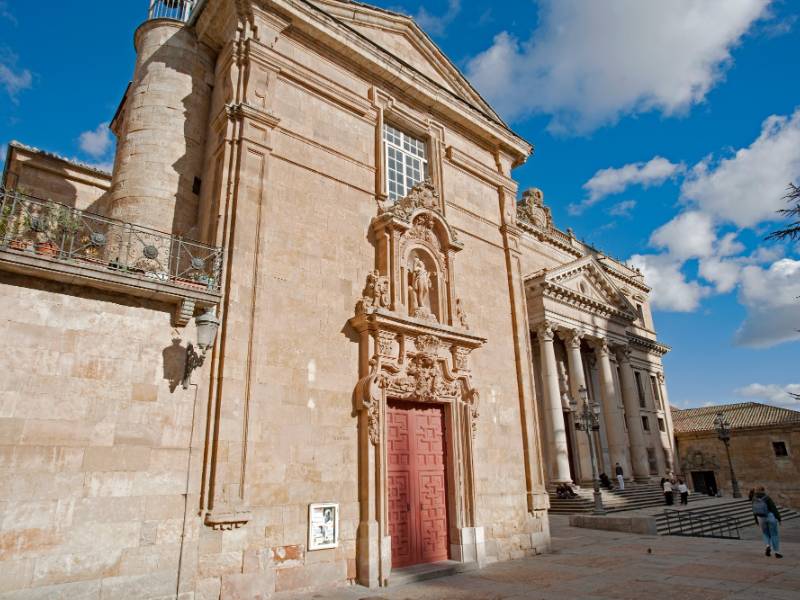Route 5 Center. Section 2 - Toro
- Previous
- Following
The town of Toro stands on the plain between the regions known as Tierras del Vino, del Pan and Guareña. Situated in a natural vantage point, it was a strategic defense location on the front line of the Duero between the Christians and the Moors.
To the south, in the part overlooking the Duero, a fortress was built to defend the northern plains. An imposing wall of lime and stone surrounds the town, and a second wall runs around the first, providing protection for later settlers.
In the Middle Ages, Toro was the site of several major events. It played host to royalty and the court, and witnessed the warring between Isabella of Castile and Joanna La Baltreneja. Capital of the province until 1833, its former grandeur can still be seen in the layout of the streets, the churches (which number almost forty), San Salvador, etc., the monasteries, the Collegiate Church of Santa María la Mayor, palaces, hospitals and stately homes such as the Palace of the Counts of Fuentesaúco. Wealth, power and beauty enclosed within the town walls.
Reference to content
What to see?
 Stone bull or VerracoMore information
Stone bull or VerracoMore informationOne of the emblematic "monuments" of the city of Toro is its "Toro de Piedra", a figure sculpted in granite, belonging to the group of sculptures called "Verracos", monuments of the final stage of the...
 The Alcazar of ToroMore information
The Alcazar of ToroMore informationAlthough its origins date back to the 10th century and it was part of the first walled area of the city of Toro, its construction dates from the 15th century. Witness to important historical events, the...
 Church of San Lorenzo el RealMore information
Church of San Lorenzo el RealMore informationThis temple, of Mudejar Romanesque style was built in the XII century. The church has a single nave and it is established on rock. In the chevet, a semicircular apse and a presbytery of two sections are...
 Church of San Sebastian de los CaballerosMore information
Church of San Sebastian de los CaballerosMore informationIt houses an important collection of linear Gothic frescoes from the Monastery of Santa Clara and a collection of votive offerings that were found in the hermitage of Virgen de la Vega (Christ of Battles).
 Church of Santo Tomas CantuarienseMore information
Church of Santo Tomas CantuarienseMore informationRomanesque church, with three naves, built in the 12th century and rebuilt in the 16th and 18th centuries.Its interior stands out for its rich altarpiece, a work from the 16th century, considered by many...
 Church of the Santo SepulcroMore information
Church of the Santo SepulcroMore informationRomanesque-Mudejar church from the end of the 12th owned by the Order of the Holy Sepulcher, and which later passed to the order of Saint John of Jerusalem. At present it houses some steps of the Brotherhood...
 Hermitage of Santa Maria de la Vega or Cristo de las BatallasMore information
Hermitage of Santa Maria de la Vega or Cristo de las BatallasMore informationMudéjar Romanesque style. The floor of the hermitage is a nave covered with a pair of armor and a knuckle inheriting another one from the end of the 15th century, plus a main chapel with a straight presbyteral...
 Colegiata Santa Maria la Mayor de ToroMore information
Colegiata Santa Maria la Mayor de ToroMore informationRomanesque-Gothic church. Its construction was carried out from the last third of the 12th century (around 1170), during the reign of Fernando II de León, until well into the 13th. It has three naves and...
 Monastery of Sancti SpíritusMore information
Monastery of Sancti SpíritusMore information14th century building from 1307, next to Jewish cemetery. Founded by Doña Teresa Gil. Highlights: Floor paved with tiles, 14th century panelling, church armour, chapel vault, Baroque main altarpiece, 16th...

